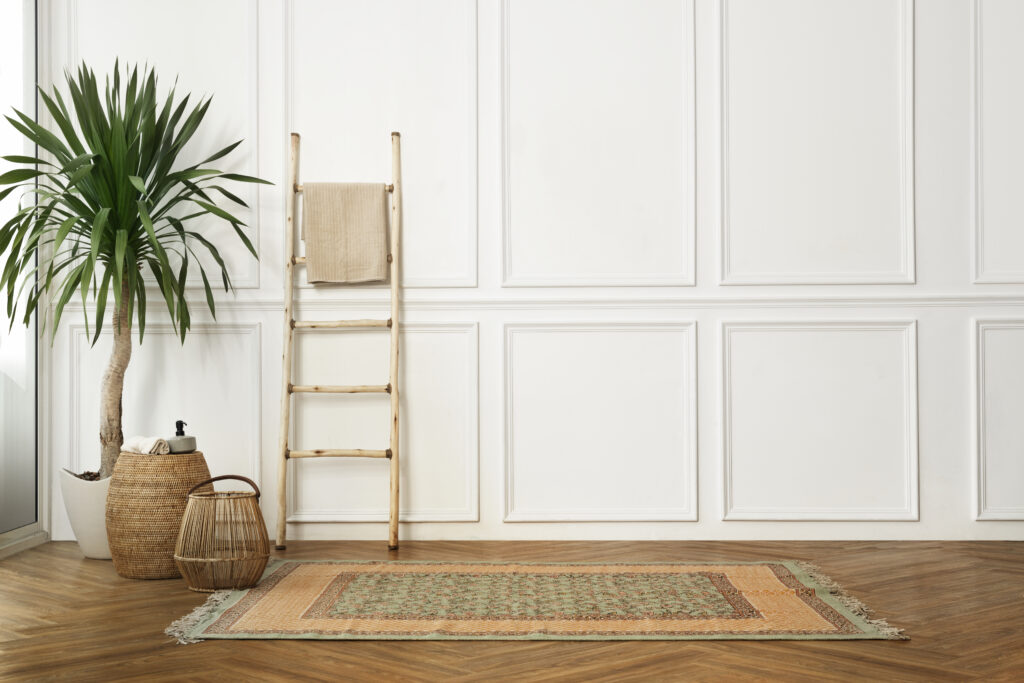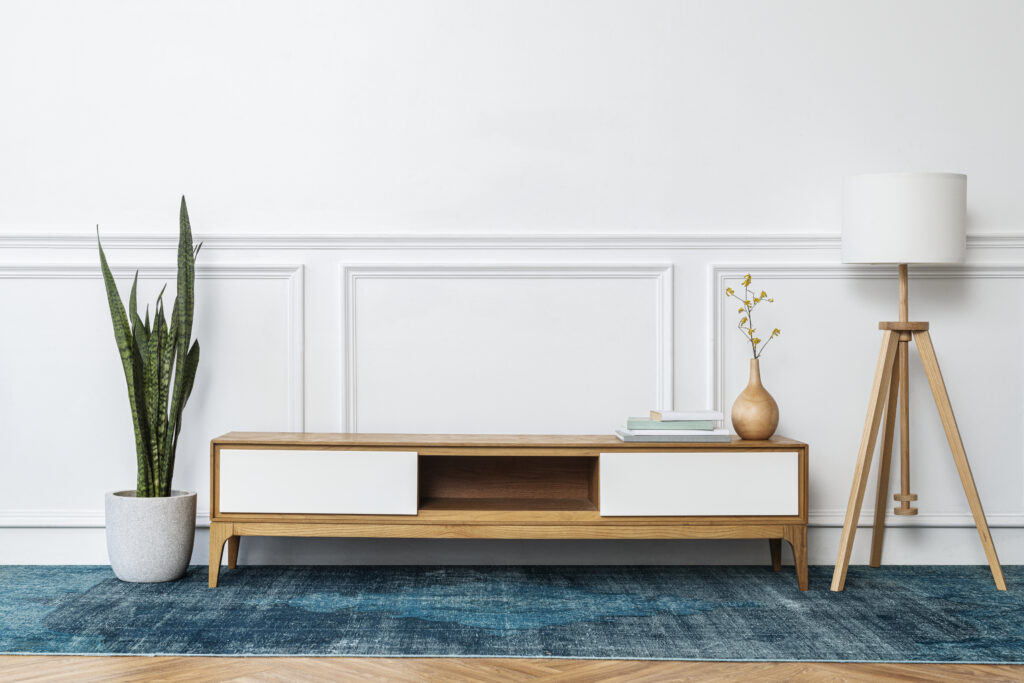Making a bold statement in any room can be effortlessly achieved through the creative use of accent walls. These walls serve as focal points, adding depth, character, and personality to spaces big or small. From vibrant colors to intricate patterns and innovative design techniques, the possibilities are endless. This article delves into 10 essential tips for designing accent walls that not only stand out but also perfectly reflect one’s style and aesthetic preferences.
Choose the Right Wall
Identifying the ideal wall is the first step toward creating an impactful accent wall. It should be one that naturally draws the eye, such as behind a bed in a bedroom or a sofa in a living room. The chosen wall often features architectural elements like a fireplace or large windows, making it stand out even more.
Play with Color
Don’t be afraid to experiment with bold colors. A splash of vibrant paint can transform a mundane space into a lively and inviting area. Consider the room’s lighting and the mood you wish to create when selecting a hue. Bright colors can energize a room, while darker shades add coziness and depth.
Incorporate Texture
Texture adds a tactile element to visual appeal, bringing warmth and complexity to a room. Techniques such as wood paneling, stone cladding, or fabric wallpapers can introduce a unique touch. Textured walls not only enhance the aesthetic but also create an immersive experience.
Related to: Modern Leather Accent Chairs Selection: Best Practices For 2023
Use Patterns Wisely

Patterns, whether geometric, floral, or abstract, can dramatically alter the perception of a space. They introduce movement and depth, guiding the eye across the room. However, the key is balance. Too much pattern can overwhelm, so it’s crucial to find the right scale and repetition that complements the room’s size and shape.
Embrace Wallpaper
Wallpaper offers an array of designs, from subtle textures to bold prints, making it a versatile option for any accent wall. It’s an excellent way to introduce color and pattern without a long-term commitment, as many modern wallpapers are easy to remove or replace.
Consider Murals
Murals are a form of art that transform walls into stunning visuals. Whether painted or applied through wallpaper, they can depict landscapes, abstract designs, or whimsical scenes. Murals become the centerpiece of any room, sparking conversations and inspiring creativity.
Related to: How To Choose Accent Chairs For A Minimalist Home – Easy Guide
Highlight with Lighting
Lighting plays a pivotal role in accentuating an accent wall. Directed lights, such as track lighting or wall-mounted fixtures, can enhance textures and colors, adding to the wall’s drama and appeal. The right lighting can turn an accent wall into a masterpiece.
Add Shelving for Function and Style

Integrating shelving on an accent wall combines aesthetics with functionality. Open shelves can display books, art, and collectibles, adding personality and interest. This approach allows for a dynamic and ever-changing wall that reflects personal tastes and treasures.
Go for a Gallery Wall
A gallery wall is a perfect way to personalize an accent wall, showcasing a collection of photographs, art, or memorabilia. It’s a dynamic approach that can evolve over time, allowing for a mix of frame styles, sizes, and layouts that reflect individual stories and moments.
Experiment with Fabric
Fabric offers a unique and often overlooked option for creating an accent wall. From tapestries to stretched fabric panels, this approach adds warmth and texture, introducing a softness that paint and wallpaper can’t replicate. It’s a novel way to bring color and pattern into a space.
Related to: Maximized Minimalism: Best Accent Chairs for Small Spaces
Factors to Consider for Accent Wall Design
- Color Choice: Select a color that complements the rest of the room but stands out enough to draw attention. Consider the mood you want to set with the color—warm colors create a cozy atmosphere, while cool colors can make a space feel more tranquil.
- Wall Texture: Adding texture to an accent wall can enhance its impact. This can be achieved through materials like brick, stone, wood, or textured paint. Texture adds depth and interest to the room.
- Pattern and Print: Use wallpapers or stencils to introduce patterns or prints on your accent wall. Geometric patterns, florals, or abstract designs can add a dynamic element to your space.
- Focal Point: Choose a wall that naturally draws the eye, such as behind the headboard in a bedroom or the wall facing the entrance of a living room. The accent wall should be a focal point that balances the room without overwhelming it.
- Lighting: Consider how lighting will affect the color and texture of your accent wall. Natural light can change the appearance of colors throughout the day, while artificial lighting can highlight textures and patterns.
- Artwork and Accessories: An accent wall provides a perfect backdrop for artwork or accessories. Select pieces that contrast with the wall to make them stand out or complement the wall to create a cohesive look.
- Room Size and Shape: The color and pattern of your accent wall can influence the perception of the room’s size and shape. Darker colors can make a large room feel cozier, while light colors can make a small room appear larger.
- Personal Style: Your accent wall is an opportunity to express your personal style. Whether it’s bold and vibrant or subtle and sophisticated, choose a design that reflects your personality and ties the room together.
- Functionality: Consider the function of the room when designing your accent wall. For example, a chalkboard paint wall can add a playful element to a kitchen or study, while a calming blue wall might be perfect for a bedroom.
- Durability and Maintenance: The materials and finishes you choose for your accent wall should be suitable for the room’s use. High-traffic areas may require more durable materials and finishes that are easy to clean.
Conclusion
Accent walls are a powerful tool in interior design, capable of transforming any room from ordinary to extraordinary. They offer an opportunity to experiment with colors, patterns, and materials, making a bold statement that reflects personal style.
By considering these 10 tips, anyone can design an accent wall that adds depth, interest, and personality to their space. Remember, the best accent wall is one that resonates with you, turning a house into a home with its unique story and charm.





